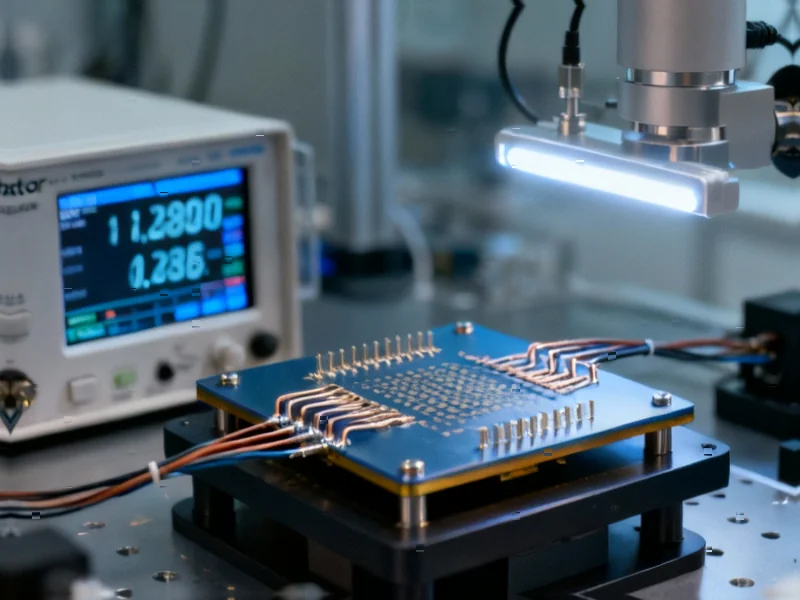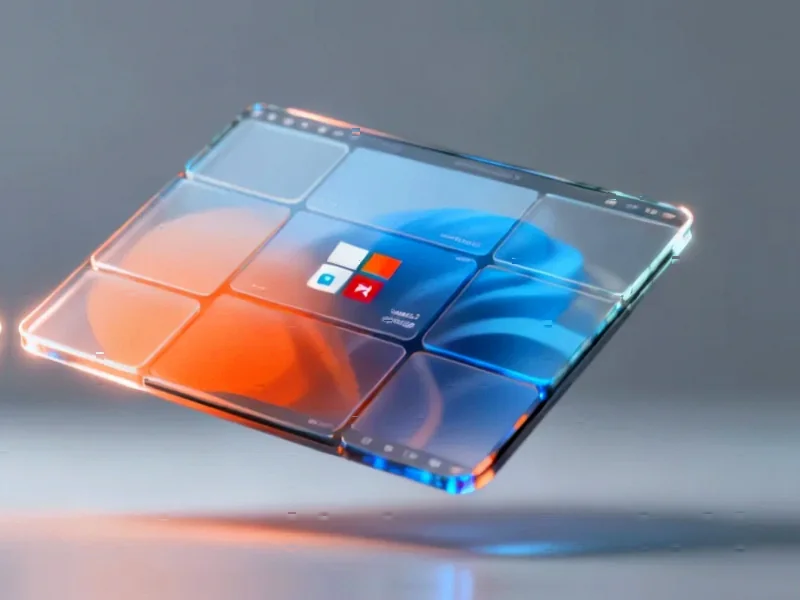According to Phys.org, researchers at Forschungszentrum Jülich have demonstrated that memristors can provide stable resistance values directly linked to fundamental constants of nature, potentially revolutionizing how electrical units are calibrated. The breakthrough enables discrete resistance states tied to quantized electrical conductance without requiring the extreme laboratory conditions of current quantum standards. This development opens the door to chip-scale metrology standards that could eliminate complex calibration chains.
Table of Contents
Understanding the Metrology Revolution
The significance of this breakthrough becomes clearer when you understand the current state of metrology and electrical standards. Since 2019, all SI units have been defined by fundamental constants, but practical implementation remains challenging. The quantum Hall effect, while precise, requires temperatures near absolute zero and massive magnetic fields – conditions only available in specialized national laboratories. What makes memristors particularly revolutionary is their ability to operate at room temperature while maintaining quantum-level precision through their unique atomic-scale switching mechanisms.
Critical Analysis
While the reported precision levels of 3.8% for 1·G₀ and 0.6% for 2·G₀ are impressive for initial research, they’re still orders of magnitude away from the part-per-billion accuracy required for primary standards in national metrology institutes. The real challenge will be scaling this technology while maintaining stability over operational lifetimes – memristors have historically struggled with endurance and drift issues in commercial applications. The “electrochemical polishing” process described, while elegant, introduces manufacturing complexity that could impact yield and cost-effectiveness for mass production.
Industry Impact
The concept of “NMI-on-a-chip” could fundamentally disrupt the $20 billion calibration industry by eliminating the need for periodic instrument recalibration at certified facilities. Test and measurement companies like Keysight, Rohde & Schwarz, and Fluke would need to completely rethink their business models around service and calibration revenue. More importantly, this could enable new classes of field-deployable scientific instruments with built-in traceability to fundamental constants, particularly valuable for space missions, remote environmental monitoring, and distributed sensor networks where traditional calibration chains are impractical.
Outlook
We’re likely 5-7 years from seeing commercial implementation, with initial applications appearing in high-value industrial and scientific instrumentation rather than consumer electronics. The research team at Forschungszentrum Jülich has demonstrated the physics works, but engineering robust, manufacturable devices will require significant development. The most immediate impact might be in educational and research settings where the ability to demonstrate quantum electrical resistance effects at room temperature could transform how these concepts are taught and explored. This represents a genuine paradigm shift from facility-based standards to distributed, chip-integrated quantum accuracy.



